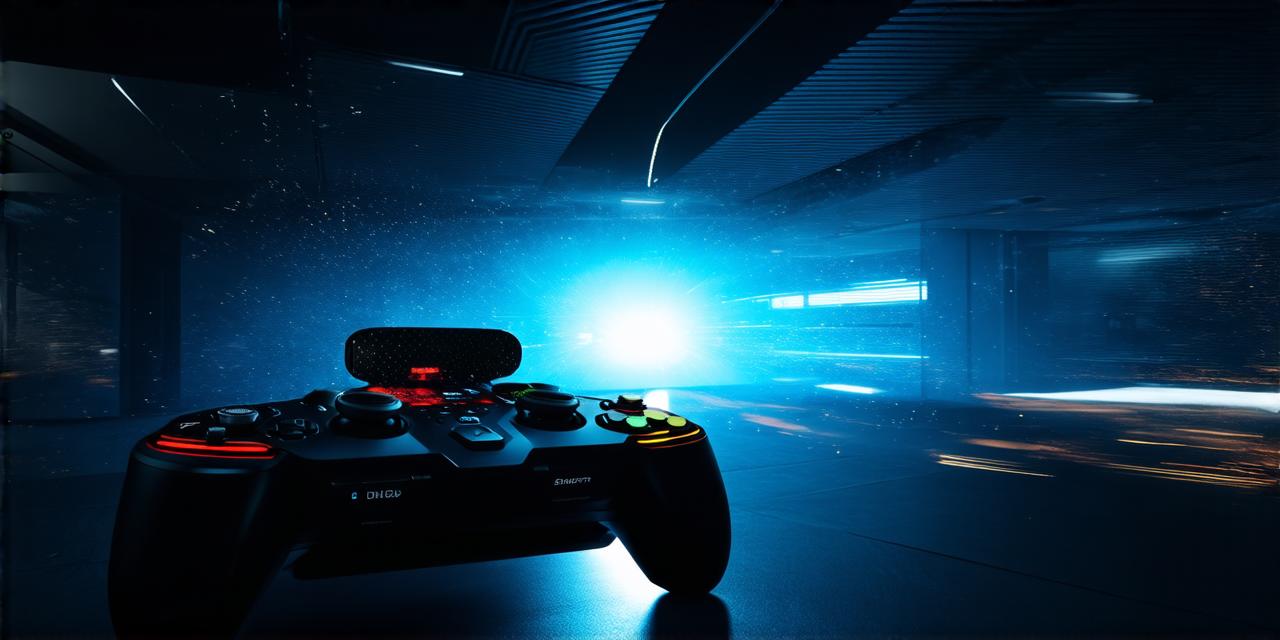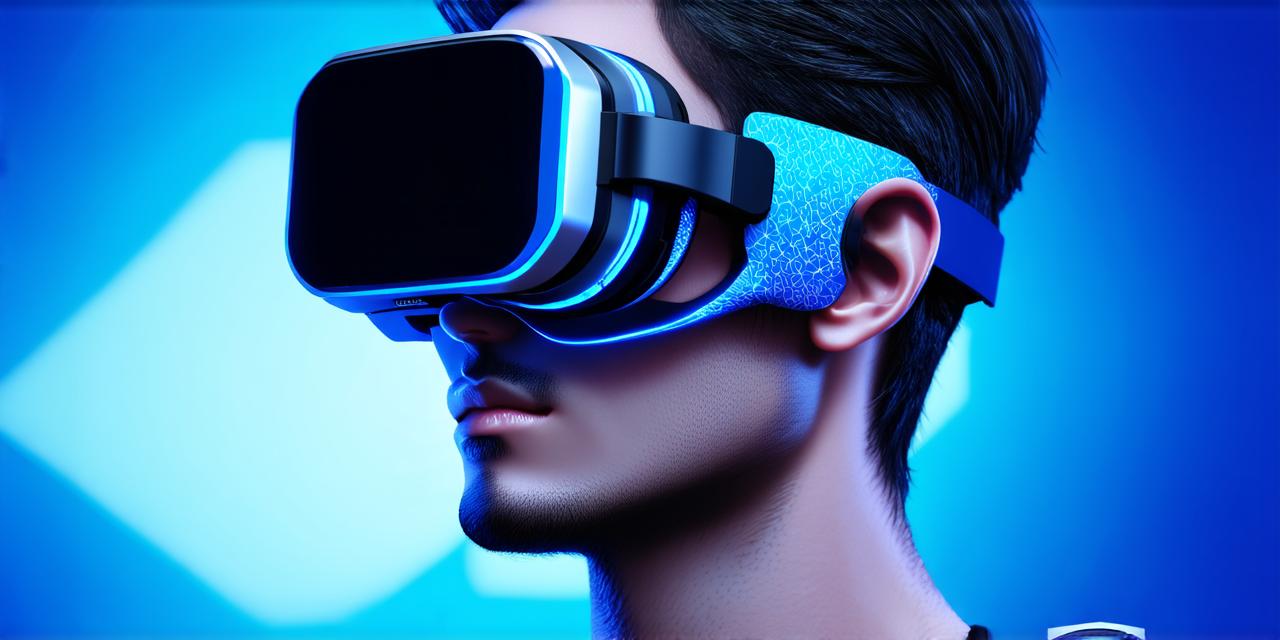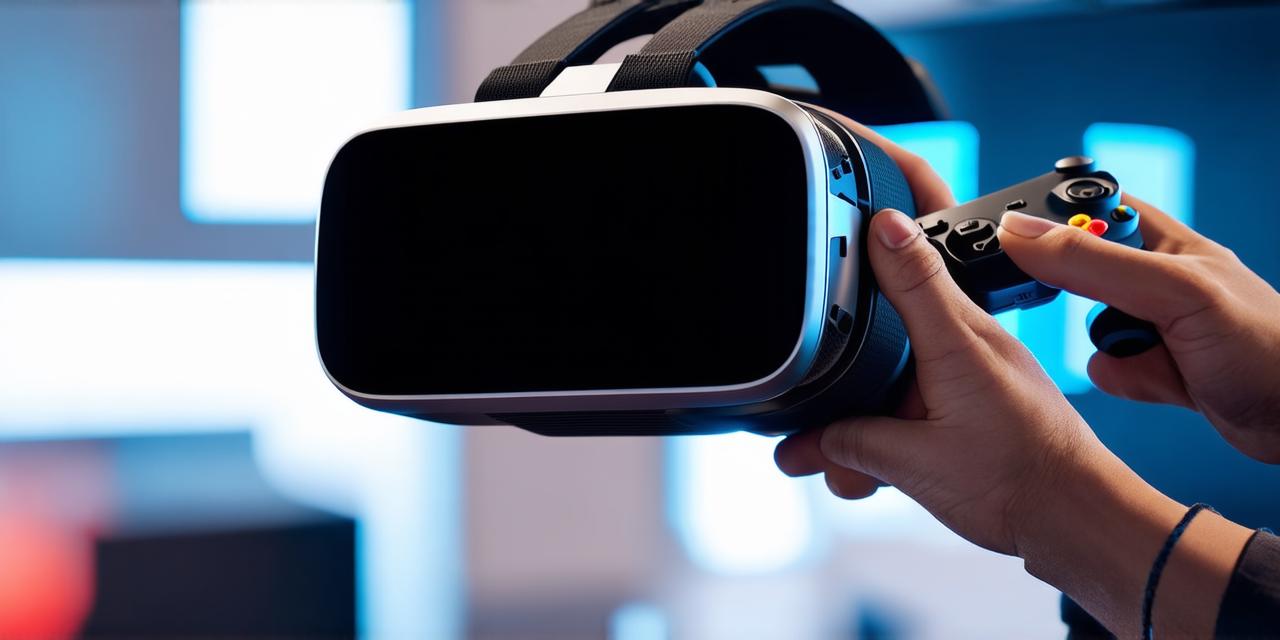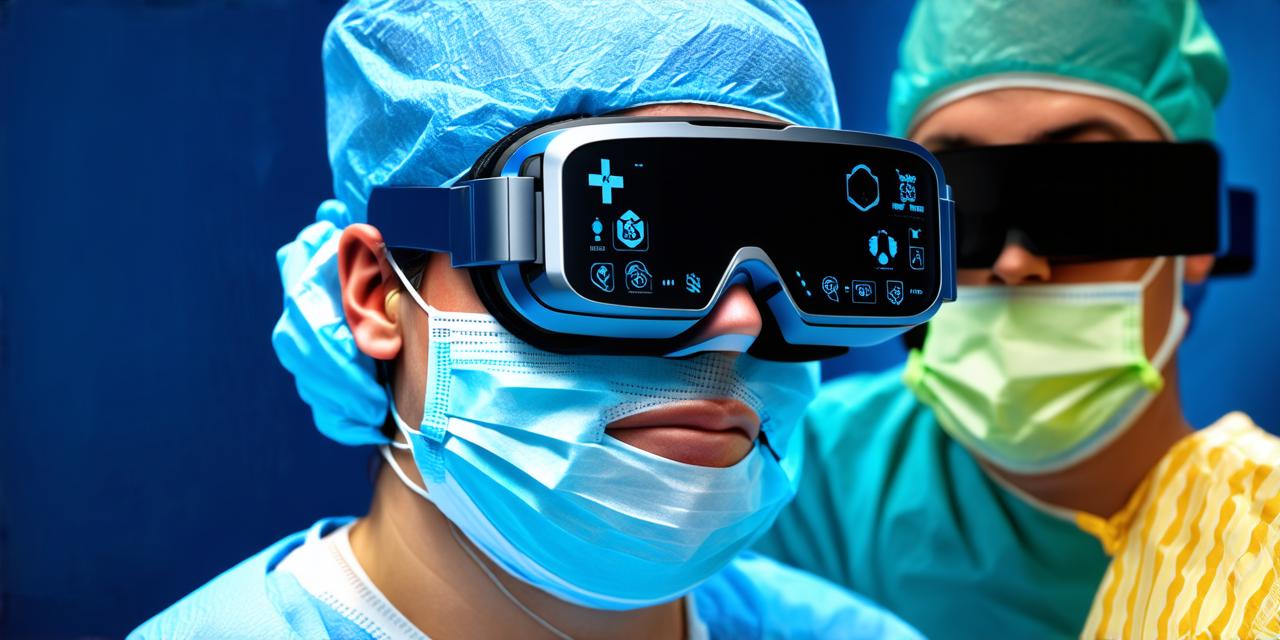Virtual reality (VR) is an emerging technology that has the potential to revolutionize the way we interact with digital content. With VR, users can experience immersive environments that simulate real-world scenarios or completely imaginary worlds.
Factors Influencing Immersion Levels in Virtual Environments
Immersion levels in virtual environments depend on various factors such as:
- Display resolution and refresh rate: The higher the resolution and refresh rate of a VR display, the more immersive the environment appears to the user.
This is because high-resolution displays reduce screen door effect (SDE), which refers to the visual artifacts that can occur in low-resolution displays due to their limited ability to render complex scenes.
- Field of view (FOV): FOV determines the width of the virtual environment that users can see from their peripheral vision. A higher FOV can enhance immersion by providing a more natural and realistic experience.
- Tracking accuracy: VR headsets use sensors to track user movements, and tracking accuracy is crucial for maintaining an immersive experience. Accurate tracking reduces the latency between real-world movements and virtual reality response, which can cause discomfort or motion sickness in users.
- Haptic feedback: Haptic feedback, also known as tactile feedback, refers to the use of physical sensors to simulate sensations such as touch, pressure, and vibration in virtual environments. By providing haptic feedback, VR applications can enhance immersion levels by creating a more realistic sense of presence.
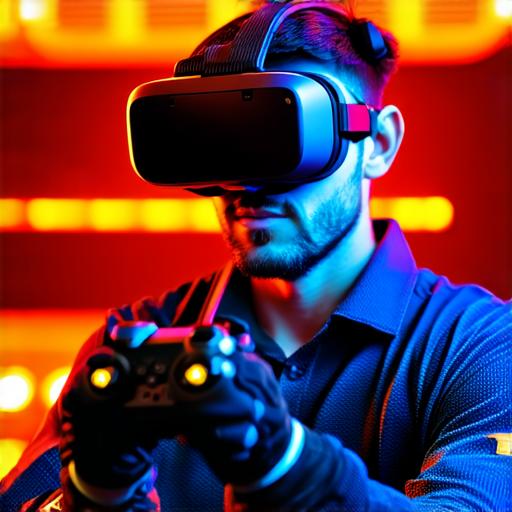
- Content quality: High-quality content that is well designed and engaging can significantly enhance immersion levels in virtual environments. This includes 3D models, lighting, textures, and sound effects that simulate real-world conditions.
Case Studies on Immersion Levels in Virtual Environments
- Oculus Quest 2: The Oculus Quest 2 is a standalone VR headset that has been widely popular due to its affordability and accessibility. According to a study by the University of Sussex, users of the Oculus Quest 2 reported higher levels of immersion than those using other VR headsets with lower resolution displays and refresh rates.
This is likely because the Oculus Quest 2 has a high-resolution display that reduces SDE and provides a more natural FOV. - HoloLens: The HoloLens is an augmented reality (AR) headset that allows users to overlay digital content onto the real world. A study by the University of Cambridge found that users of the HoloLens reported higher levels of immersion than those using traditional AR devices because of the seamless integration of virtual objects into the real environment.
This was achieved through a combination of high-quality content, tracking accuracy, and haptic feedback. - Room Scale VR: Room-scale VR is a type of VR setup that allows users to move around a physical space while interacting with virtual objects. A study by the University of Maryland found that room-scale VR environments were more immersive than traditional desktop VR setups because they provided a more natural sense of presence and allowed users to interact with their environment in a more intuitive way.
Personal Experiences on Immersion Levels in Virtual Environments
As an AR developer, I have had the opportunity to experience virtual environments firsthand and can attest to the importance of immersion levels in enhancing user experience. In one project, we created a virtual training environment for healthcare professionals that simulated surgical procedures.
The success of the training depended on the realism and engagement of the virtual environment. We achieved this by using high-resolution displays, accurate tracking, haptic feedback, and engaging content. Users reported feeling immersed in the virtual environment and were able to learn new skills effectively.
In another project, we created an AR game that overlaid digital objects onto the real world. The success of the game depended on the seamless integration of virtual objects into the real environment. We achieved this by using high-quality content, accurate tracking, and haptic feedback. Users reported feeling immersed in the game and were able to engage with the virtual objects in a natural way.
Research and Experiments on Immersion Levels in Virtual Environments
Several studies have explored the factors that influence immersion levels in virtual environments and their effects on user experience. For example, a study by the University of Sussex found that immersive VR experiences were associated with reduced stress and anxiety levels in patients undergoing medical procedures.
Another study by the University of California, Irvine, found that VR-based training led to improved performance and retention compared to traditional training methods.
Recent experiments have also explored new ways to enhance immersion levels in virtual environments. For example, a study by the University of Maryland used brain imaging techniques to measure changes in neural activity during VR experiences. The results showed that immersive VR environments were associated with increased activation in areas of the brain related to attention and emotional processing.
Implications for AR Developers
As an AR developer, understanding the factors that influence immersion levels in virtual environments is crucial for creating effective and engaging VR applications. By using high-resolution displays, accurate tracking, haptic feedback, and engaging content, developers can create more immersive environments that enhance user experience and promote learning and retention.
FAQs
Q: How can I determine the optimal level of immersion for my VR application?
A: The optimal level of immersion depends on various factors such as display resolution and refresh rate, FOV, tracking accuracy, haptic feedback, and content quality. By considering these factors and testing your application with users, you can determine the optimal level of immersion for your specific use case.
Q: Is VR or AR better for enhancing immersion levels?
A: Both VR and AR can enhance immersion levels, but their effects depend on the specific use case. VR is generally more effective at creating a fully immersive experience, while AR is better suited for integrating digital content into the real world.
Q: How do I incorporate haptic feedback into my VR application?
A: There are several ways to incorporate haptic feedback into your

